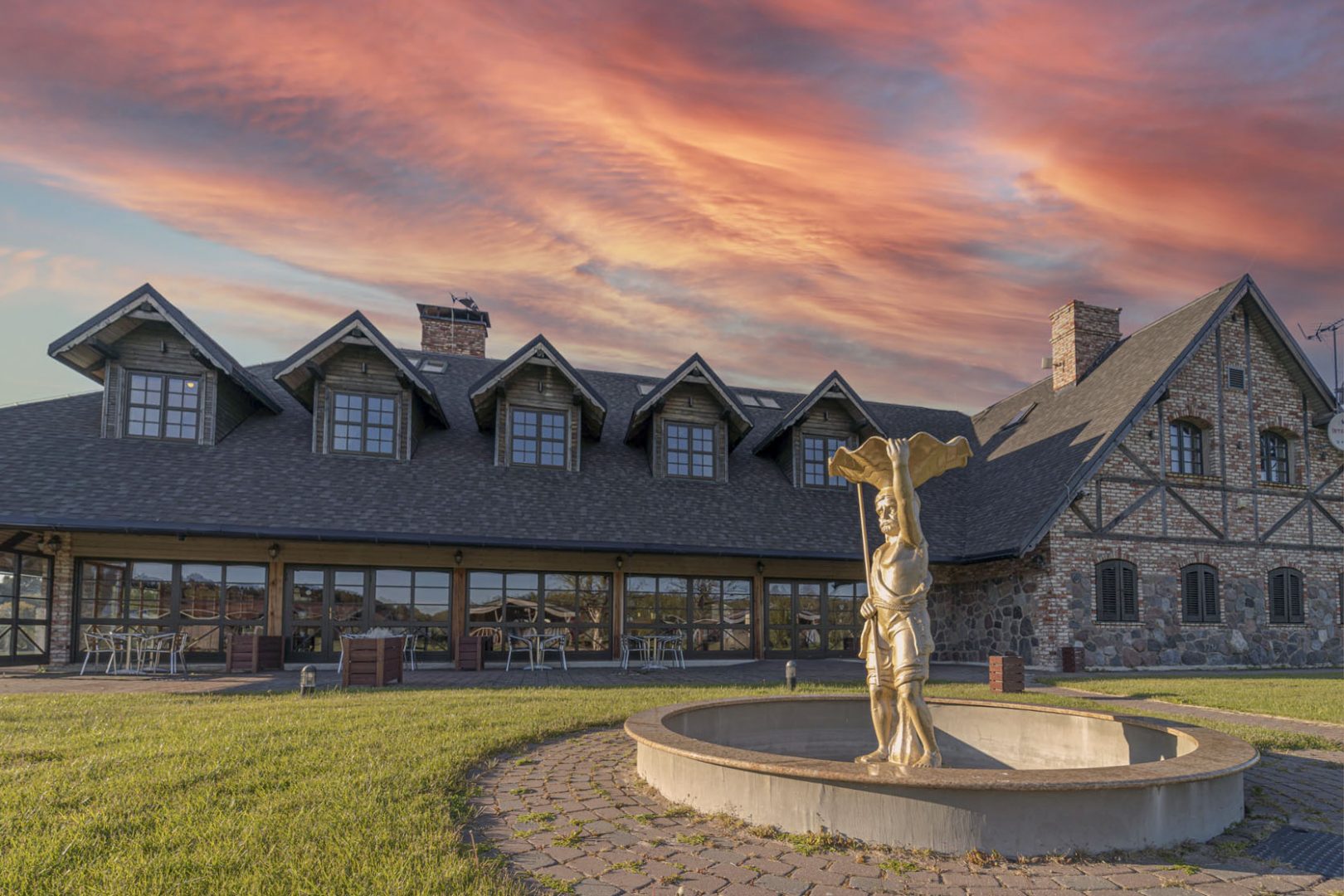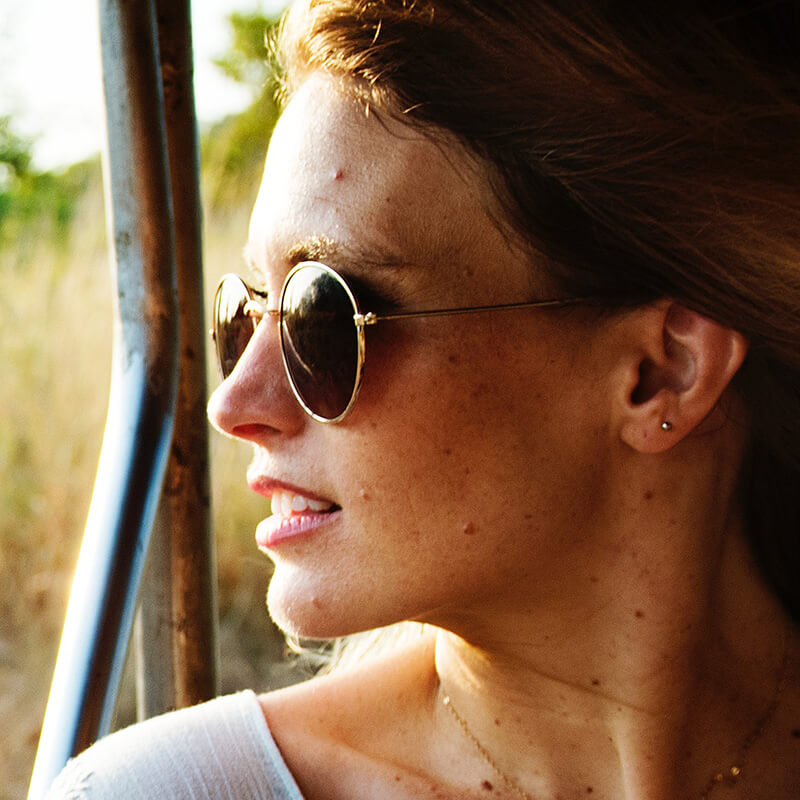THE LEGEND OF THE RAKARIS KALVIS
This is where the traces of the first inhabitants in the territory of Latvia have been possible found.
 Even earlier, the territory was lying under the Baltic Ice Lake – a cold freshwater basin, which formed at the end of the last ice age from the meltwaters of the Northern European glacier (about 10,300–13,000 years ago). The silts of the Baltic Ice Lake in the territory of Latvia can be found along the entire coast of the present-day Baltic Sea, where the lowlands turned into barren, sandy plains with dunes and pine trees interspersed with bogs (moorlands) and shallow lakes as the shores of the ice lake receded.
Even earlier, the territory was lying under the Baltic Ice Lake – a cold freshwater basin, which formed at the end of the last ice age from the meltwaters of the Northern European glacier (about 10,300–13,000 years ago). The silts of the Baltic Ice Lake in the territory of Latvia can be found along the entire coast of the present-day Baltic Sea, where the lowlands turned into barren, sandy plains with dunes and pine trees interspersed with bogs (moorlands) and shallow lakes as the shores of the ice lake receded.
 As the ancestors of Livonians had lived in Northern Kurzeme since the mid-Neolithic period (3400–2300 BC), they made the move from their Vanema (olden land in Livonian) across the Gulf of Riga to the western coast of Vidzeme as early as in the 11th century.
As the ancestors of Livonians had lived in Northern Kurzeme since the mid-Neolithic period (3400–2300 BC), they made the move from their Vanema (olden land in Livonian) across the Gulf of Riga to the western coast of Vidzeme as early as in the 11th century.
Livonians had lived here since the 11th–12th centuries, and it is believed to have become a significant culture and trade centre later. Liflandi, the earliest known name of Livonia, has been found on the Rune Stone of Trosa, which is proof of the Swedish Viking Freygeirr’s military expeditions in Livonia in the 11th century.
WHO ARE THE RAKARI?
They are Livonian seafarers, who, in fear of losing their independence and identity, occupied themselves not only with fishing but also with trade, which they did independently of dukes and bishops. This was also the reason for the secrecy of this vocation and even for conflicts with the status quo.
Thus, RAKARI made a name for themselves as brave, independent and strong people and were revered in the nearby locality. It was because of these brave hearts and to avoid giving up a third of their land to the Brothers of the Sword following the battles with Livonians that Bishop Albert was forced to ask the permission of Philip of Swabia, the son of the Roman Emperor Henry VI. He received the rights of a prince in Livonia from the Holy Roman Empire only in 1207, and Rakari were included in the Archbishopric of Riga’s Livland territory (the borders of Livonia can be seen on the map on the wall at Rakari).
 The location of Rakari used to be the harbour for ships sailing on the Svētupe River (travelling on the Vitrupe River as far as Pernigele) – here they traded and bargained treasures, which were sometimes obtained in battles. The Rakari men were acquainted with Vikings, who are known as Normans in some parts of Europe. Both of them were known for their seafaring and shipbuilding (of the snekke type) skills. However, as soon as Byzantium had overcome its internal crisis and defeated its enemies and the Germanic peoples had conquered and Christianised Magyars, the role of Vikings significantly decreased. The interest of Europeans in trade with Arabs also gradually waned, because after the defeat in the wars with Byzantium the Arabic world had split into separate caliphates and experienced economic decline. At the same time, Riga became increasingly important in the trade between the West and the East, which meant that Rakari were also keeping busy.
The location of Rakari used to be the harbour for ships sailing on the Svētupe River (travelling on the Vitrupe River as far as Pernigele) – here they traded and bargained treasures, which were sometimes obtained in battles. The Rakari men were acquainted with Vikings, who are known as Normans in some parts of Europe. Both of them were known for their seafaring and shipbuilding (of the snekke type) skills. However, as soon as Byzantium had overcome its internal crisis and defeated its enemies and the Germanic peoples had conquered and Christianised Magyars, the role of Vikings significantly decreased. The interest of Europeans in trade with Arabs also gradually waned, because after the defeat in the wars with Byzantium the Arabic world had split into separate caliphates and experienced economic decline. At the same time, Riga became increasingly important in the trade between the West and the East, which meant that Rakari were also keeping busy.
There was a small Rakari settlement with a pub, where travellers celebrated and prepared themselves for new adventures at sea.
Along with the arrival of large ships at the Salacgrīva Port and the creation of new trade roads in the 18th century, this vocation of Rakari became unprofitable, and now only legends and stories remain from these times.
HOW IT ALL HAPPENED
The Rakari couldn’t get along with the cocky German nobleman Baron Münchhausen, who married Jacobine von Dunten, the heiress of the Dunte Manor, on 2 February 1744 at the Church of Pernigele (in the present-day Liepupe Rural Territory). As the Baron later told everyone at Bodenwerder Manor in his native Germany, he was forced to leave this place riding a cannonball (Münchhausen’s Museum is 30 km away towards Riga).
 The legend of goldilocks tells that one Rakaris had travelled to faraway lands. It might even have been Norway. At the distant fjords he met Vikings and demonstrated his bravery both on the battlefield and at sea. While there, he married a beautiful girl whose hair was like sunrays dancing on the sea and skin soft as the warm sand of the Baltic Sea. The Rakaris loved her so much that he brought her home with him. They travelled on a skuta, a type of Viking ship, together with 40 men and an excellent cook.
The legend of goldilocks tells that one Rakaris had travelled to faraway lands. It might even have been Norway. At the distant fjords he met Vikings and demonstrated his bravery both on the battlefield and at sea. While there, he married a beautiful girl whose hair was like sunrays dancing on the sea and skin soft as the warm sand of the Baltic Sea. The Rakaris loved her so much that he brought her home with him. They travelled on a skuta, a type of Viking ship, together with 40 men and an excellent cook.
At Rakari, they were all warmly welcomed and taken in. The Livonians treated them to home-brewed beer and smoked fish in the best traditions of the Balts, while the Vikings learned how to cook sturgeon and other foods. The people of Rakari really enjoyed the foods cooked by the Vikings and they remembered this event for a long time to come (sturgeon is still cooked to the very same recipes).
One night, while cleaning the herring they had fished in the sea, the new wife went missing. Her husband went looking for her and never came back. It is said that the beauty had come across an unknown horned fish, which had made her deepest wish come true. What this wish was remains a mystery, and the Rakaris himself was never seen again after that day.
 His name was Kalvis, while the name of his beautiful wife is not mentioned in the legend. In honour of Kalvis and his wife, the Rakari made a cast iron monument in which he is depicted with fish hanging by his sides and holding a fish spear and a large vessel with sea water flowing from it, which symbolises activity, peace, composure, and eternity. The water flows out of the vessel and then back up again. The villagers believe that the magic of the mysterious horned fish could have brought only happiness.
His name was Kalvis, while the name of his beautiful wife is not mentioned in the legend. In honour of Kalvis and his wife, the Rakari made a cast iron monument in which he is depicted with fish hanging by his sides and holding a fish spear and a large vessel with sea water flowing from it, which symbolises activity, peace, composure, and eternity. The water flows out of the vessel and then back up again. The villagers believe that the magic of the mysterious horned fish could have brought only happiness.
P.S. It is believed that Rakari buried gold in the dunes by the sea, but no gold has been found so far. Maybe you will get lucky – ask the bartender for a shovel!
P.P.S. Before heading out to sea, Rakari performed various rituals:
– they visited Livonian caves and prayed to the gods for fortune;
– in the evening they walked on a seaside path and watched the sea for signs that would show what awaited them at sea.
P.P.P.S. While drinking their home-brewed drink (ask the bartender), Rakari could sail to the coast of Livonia and back in one night!
* Not too long ago, a student construction workers’ unit by the name of RAKARI lived here. The young Rakari have not strayed far from their ancestors – many of them did not return to the institute after the digging works on the beach.
Nearest sights
The Lighthouses of Latvia ceramic wall panel by ceramist I. Klīdzējs can be seen at the lobby of the AS Brīvais Vilnis fish processing complex.

Built in 1873 (architect R. Pflug).

The castle of Bishop Albert of Riga was built in 1226, and it controlled access to the basin of the Salaca from the sea. The castle suffered much damage, until it was demolished at the beginning of the 18th century. The stones from the castle ruins were used to build the wall around the church, so the only evidence of the castle today is the embankment.

Lāņi Manor (Lāndhof), the owner of which was Baron Reinhard von Vegesack up until 1940, was finished in Lāņi, or the former Stillfried, in 1872. Beautiful and well-maintained, Lāņi Manor was called the Hunting Palace, because of the German, Italian, and French lords who came here to hunt. Baron Reinhard von Vegesack loved hunting and frequently held hunting-themed balls at the manor.
The main entrance was adorned with sculptures of deer heads on either side, while a stuffed deer head hung above it. The Hunting Palace’s 22 rooms were lavishly furnished and carpeted. The manor took pride in its beautiful apple orchard, which was enclosed by a stone wall with tiles on top. The manor’s garden and park were tended by a gardener from Germany.
Baron Reinhard von Vegesack was an educated agronomist and not a vain man, who gladly talked to the locals and advised them on how to cultivate their land. The manor had 100 hectares of land which were cultivated by tenants.
In 1940 a school was opened in the manor, which operated until 1995. Currently, Lāņi Manor along its land and buildings are the property of the municipality.

Built in 1997 (architect D. Straubergs), the church holds services with spiritual music concerts every day at 19:00 (except Fridays) and services on Sunday at 17:00.
Monuments for those deceased at sea and during World War II, 1986, sculptor L. Novožeņeca, architect J. Pētersons.
Fersen family monument. The former Fersen family property, Vecsalaca Manor Park. During Baron Fersen’s time in the 18th century, the first maritime museum in Latvia was created here with an exposition which was rich and attractive for the time.
Nature reserve – the lower reaches of the Salaca River. It is a section of the river popular among water tourists and anglers, where one can see lamprey weirs (in the latter half of the summer, and autumn).

Located on the shore of the Svētupe River by the Kuiķule cove. The most significant Livonian cult place in the former Metsepole County, which has been verified by the 628 coins and other artefacts found during archaeological excavations, magic signs engraved on the cave walls, and the oldest inscription in Latvia dating back to 1664. It is one of the longest mid-Devonian sandstone caves in Latvia.

Salacgrīva Rural Territory, Sprundas. Meet a close relative of the poet in the house where J. Sudrabkalns spent 30 summers of creative work and leisure from 1945 until 1974.

The section of the Vidzeme seacoast from Ainaži until Kuiviži. The largest complex of coastal meadows in Latvia. Randi Meadows are the only place in Latvia where a third of all Latvian flowering plants can be seen in an area of a mere 200 hectares. Here you will find 37 plant species registered in the Red Data Book of Latvia and other European countries. Internationally recognised bird migration and nesting grounds.

Salacgrīva, Sila iela 2, phone: 40. Changing exhibitions about the history of Salacgrīva Municipality, art, and life by the sea. Permanent exhibition: Fishing Tackle and Techniques.

A 5-km-long canal which was artificially dug in the 17th century to divert a portion of the water from the Svētupe River into the Salaca River.

The bridge across the Salaca, 3 km from Salacgrīva, is the first reinforced concrete bridge in the Baltics, which was unveiled on 13 June 1909. The bridge offers a typical view to the Salaca (the most significant salmon river in Latvia) Nature Reserve.

Nature reserve – an unusual stony beach with several capes spanning 14 km.

A 200-m-long and up to 4-m-high red sandstone outcrop with grottos and caves – one of the most beautiful seaside outcrops in Latvia. A well-maintained leisure area.

A wooden sculpture by Ģ. Burvis, erected in 2002.

Natural monument – a cluster of boulders in the sea, about 200 m from the shore.

One of the most picturesque and cleanest Latvian rivers, which has been recognized as one of the 150 most biologically diverse water courses in Europe. The Salaca is the fourth most significant river in terms of natural salmon spawning in the Baltic Sea region, where vimbas and lampreys, which are a rarity elsewhere in Europe, also spawn. The Salaca attracts water tourists, anglers and nature lovers.

Frequently Asked Questions
Pets are only allowed in the outdoor terrace, provided they do not disturb other guests.
Yes, You can!
Yes, the peace of the night must be observed after 23:00.
The leisure complex is not responsible for lost property.
There is no entrance fee when visiting the restaurant.
There is no charge for children playing on the children’s playground.
When you come to nature, you can bring your own food and drinks. Except for visiting a restaurant.
The area may be visited during our working hours. If a private event takes place in the area, the area is closed.
You can buy a gift card on site as well as electronically. Shelf life 6 months from the date of purchase.






